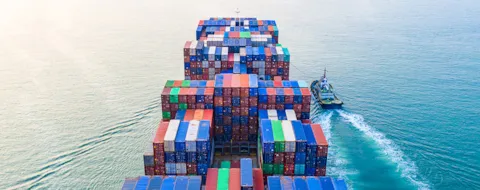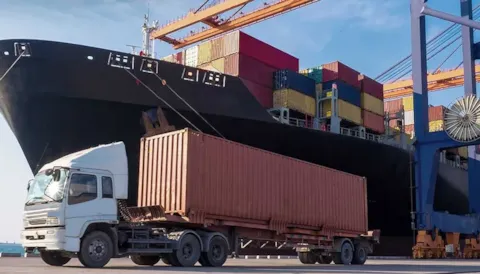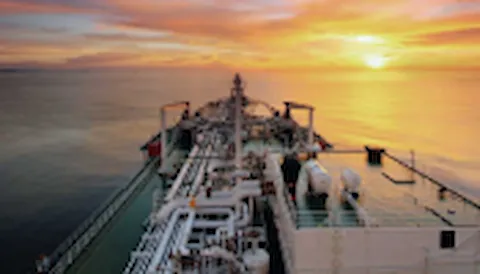Carbon Intensity Advisory Services
Your reliable partner for Carbon Intensity Indicator (CII) ratings, screening of abatement measures and preparation of roadmaps.
The IMO CII requirement from 2023 onwards will become stricter year by year and at some point, a major challenge for most vessels. Careful planning, understanding and action is needed to continue to stay compliant.
DNV has developed a three-step approach to support owners and managers in complying with existing and future GHG requirements:

- CII calculation and GHG target benchmark
The purpose of this step is to evaluate the current carbon emission status, benchmark towards agreed GHG trajectories and segment fleet performances, set future GHG targets and calculate necessary carbon intensity reduction needed for the vessel to stay compliant over a given time period. - CII improvement screening
The purpose of this step is to identify abatement measures that can reduce the carbon intensity level over the compliance period according to set GHG targets. DNV evaluates operational, and technical measures, including fuel choices, for achieving desired alignment lifetime. The results will help you to draw up strategies and take decisions based on the reduction potentials and costs for a suggested set of measures required to meet the GHG targets/trajectories defined. - Preparing and reviewing roadmap
The purpose of this step is to prepare a roadmap which describes possible pathways for CII alignment. The results can later be included in the new mandatory SEEMP as an implementation or corrective action plan on how to achieve GHG targets. The suggested roadmap outlines when the measures could be implemented and can be aligned with docking intervals and other company-specific activities or limitations.
These three steps can also be applied for future-proofing a newbuild. When applied to a newbuild, compliance targets for the lifetime of the vessel should be considered. A vessel delivered today must be future-ready, as it will undergo upgrades (e.g. change of fuel) during its lifetime.
Prepare for the CII rating scheme with DNV:- Support from experts with high technical, operational and regulatory competence and with knowledge of recent developments within these topics
- CII rating and benchmarking towards agreed trajectories
- Screening and ranking of the cost-effectiveness of relevant measures to improve the CII rating
- Support to set ship-specific and fleet-wide CII strategies
- Minimized risk of investing in stranded assets


